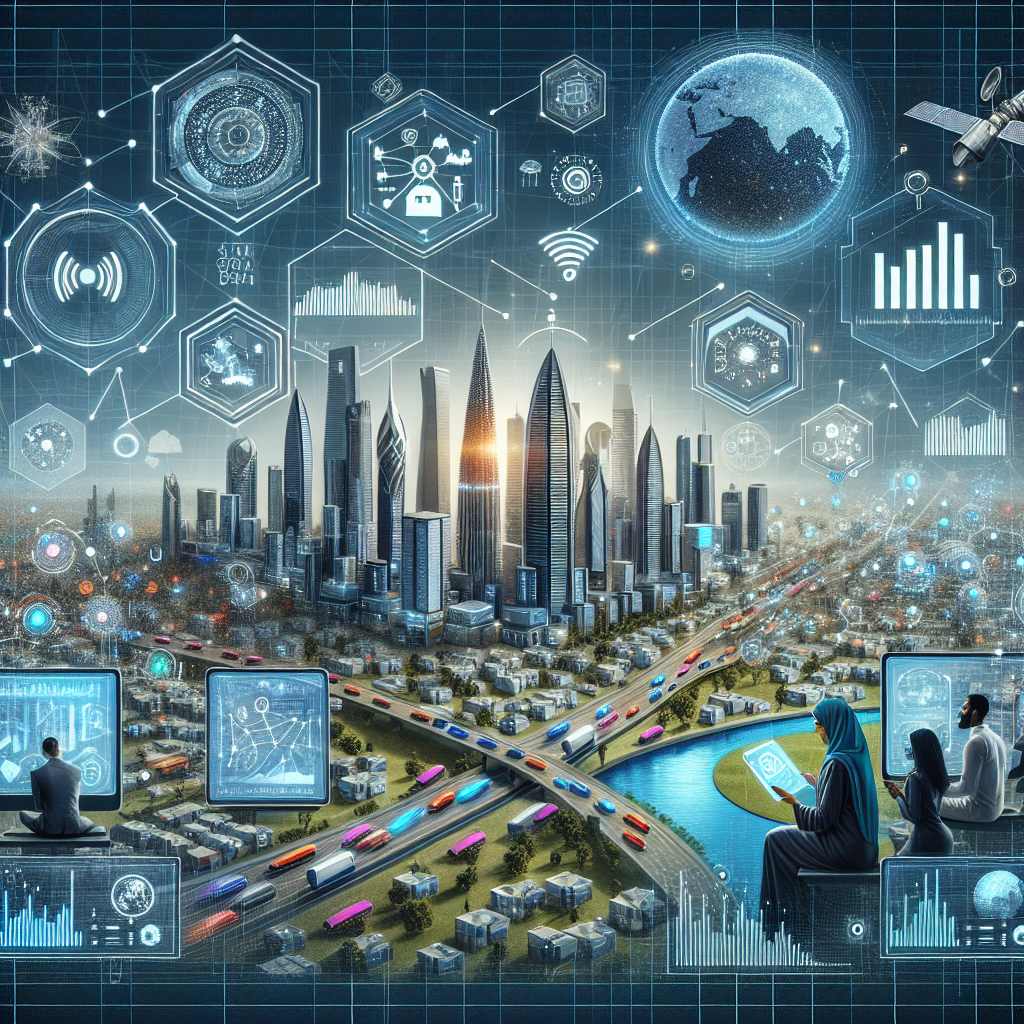Your cart is currently empty!
The Role of Remote Monitoring in Smart Cities

Smart cities are revolutionizing the way we live, work, and interact with our surroundings. By incorporating technology and data-driven solutions, these cities are able to optimize resources, improve efficiency, and enhance the overall quality of life for residents. One key component of smart cities is remote monitoring, which plays a crucial role in ensuring that systems and infrastructure are running smoothly and efficiently.
Remote monitoring involves the use of sensors, cameras, and other devices to collect data on various aspects of a city’s infrastructure, such as traffic flow, air quality, energy consumption, and waste management. This data is then analyzed in real-time to identify patterns, trends, and potential issues that need to be addressed.
One of the main benefits of remote monitoring in smart cities is the ability to proactively prevent problems before they occur. For example, sensors installed in a city’s water distribution system can detect leaks or pressure drops, allowing maintenance teams to address the issue before it escalates into a major problem. Similarly, traffic sensors can help to optimize traffic flow, reduce congestion, and improve air quality by minimizing idling vehicles.
Remote monitoring also plays a key role in disaster management and response. By tracking weather patterns, seismic activity, and other potential threats, cities can better prepare for emergencies and mobilize resources more effectively. For example, sensors installed in buildings can detect structural weaknesses during an earthquake, allowing residents to evacuate safely and emergency responders to prioritize rescue efforts.
In addition to improving efficiency and safety, remote monitoring can also help cities to reduce costs and environmental impact. By monitoring energy consumption, for example, cities can identify opportunities to reduce waste and optimize energy use, leading to lower utility bills and a smaller carbon footprint. Similarly, waste management systems can be optimized to reduce garbage collection costs and promote recycling and composting.
Overall, remote monitoring is a critical component of smart cities, helping to improve efficiency, enhance safety, and promote sustainability. By leveraging data and technology, cities can create more livable, resilient, and sustainable urban environments for residents and visitors alike. As smart cities continue to evolve and expand, remote monitoring will play an increasingly important role in shaping the cities of the future.

Leave a Reply